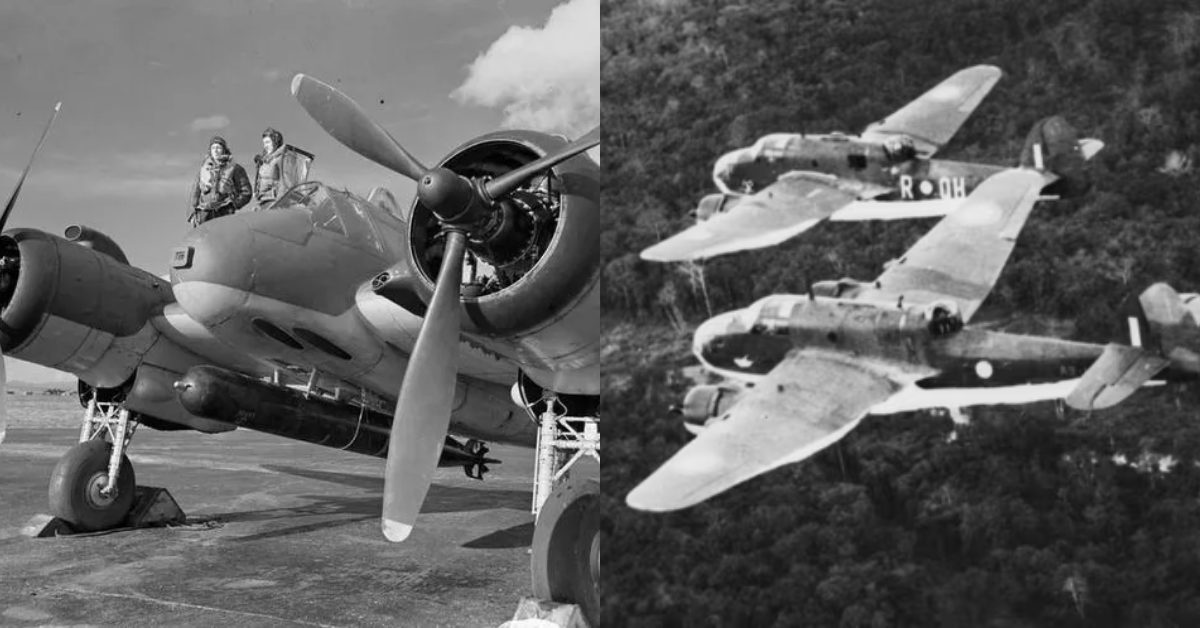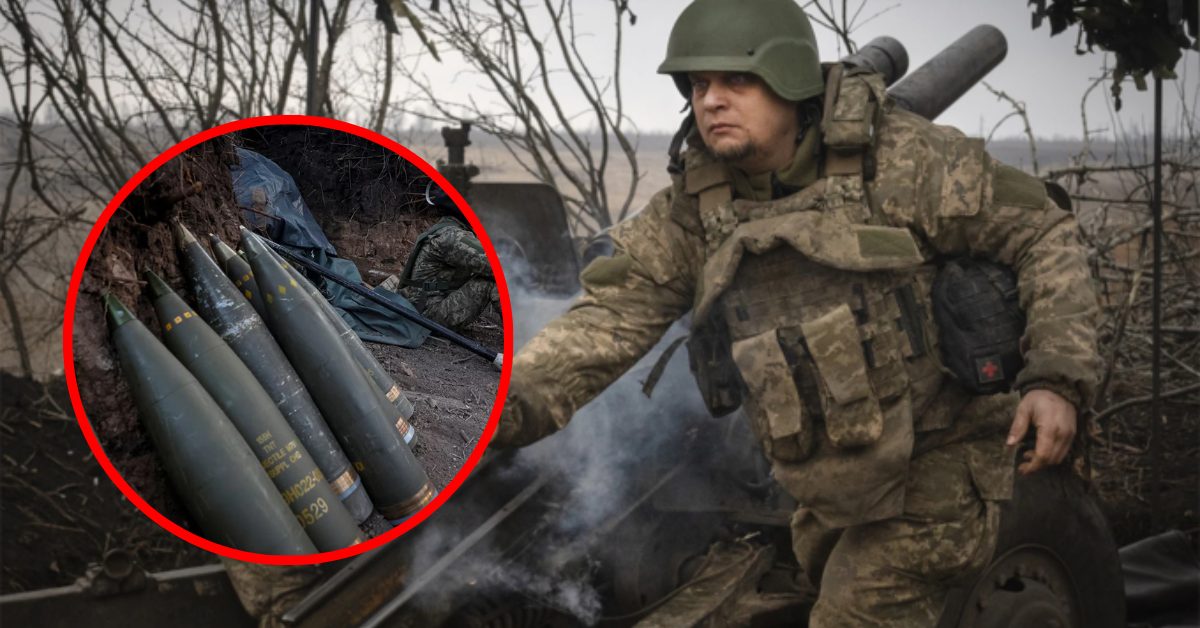The SR-71 was a long-range reconnaissance plane manufactured in 1966 by the United States and used by the Air Force until 1988 and NASA until 1999. This long-range plane flew 26 km above the surface of the earth, allowing pilots to see space and the surface of the planet.
To see the Blackbird’s incredible engineering, watch the video below:
The SR-71 was capable of flying up to Mach 3.2 (2,455 mph) speeds. Since the plane flew so fast, engineers had to create a new material for the outer surface of the plane so it wouldn’t burn up.
If the SR-71 detected a surface-to-air missile in flight, it was capable of changing course. However, since the plane was a reconnaissance plane, additional adding weapons to the plane wasn’t a priority.
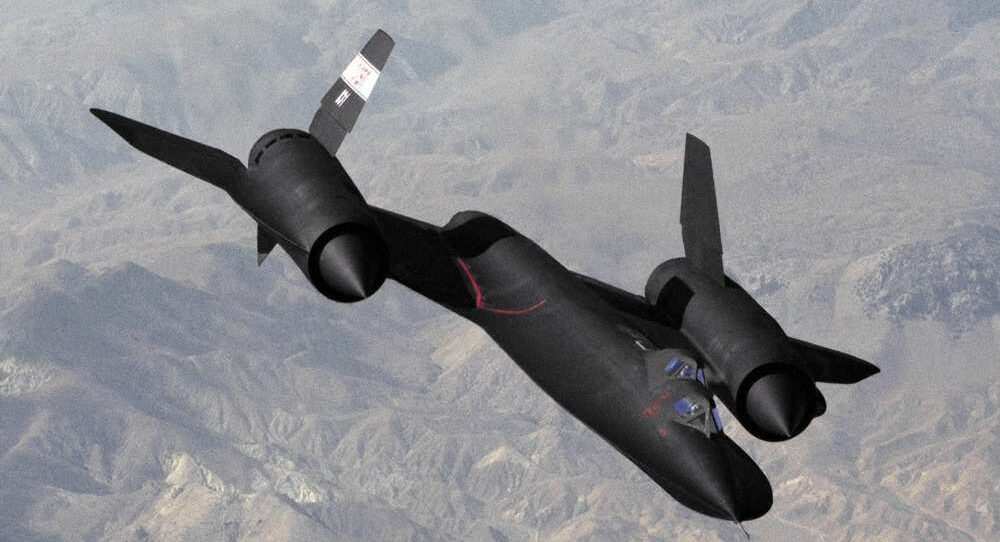
The turbojet allowed the plane to transition from a turbojet engine to a ramjet engine while flying. Ram pressure from the plane funneled the air pressure before it entered the combustion of the plane. This allowed the plane to fly faster than other planes.
The SR-71 could have been capable of flying to Mach 5 (3,836 mph) speeds instead of 3.2. With the additional speed, the plane would need more fuel and weigh the plane down more.

The SR-71’s weight was mostly fuel. A plane full of fuel weighed 61 to 63 tonnes (122,000 to 126,0000 pounds) or 59% of the plane’s weight. An empty plane weighed 25 to 27 tonnes (50,000 to 54,000 pounds).
There were six bypass ducts that allowed the jet to take air and dump the air into the afterburner. The afterburner added to the thrust on the plane while adding fuel.
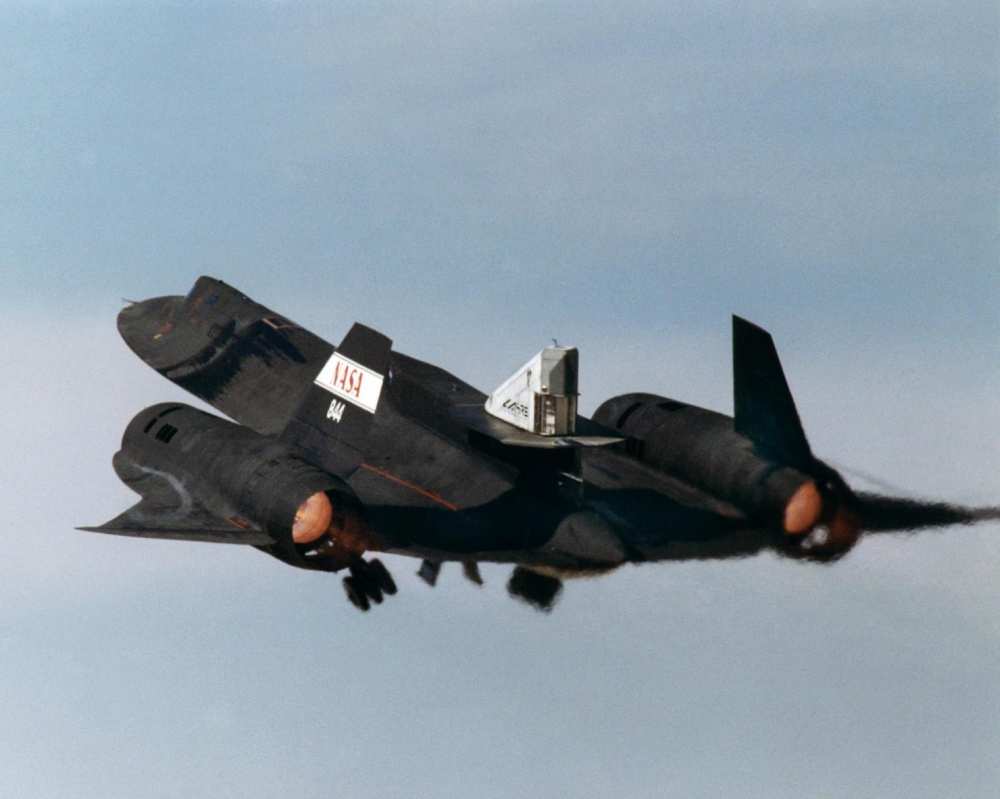
Without weapons, there was more room to store fuel on the plane. Engineers did not create a separate bladder for the fuel which helped save weight for the jet. Separate metal fuel tanks would add too much weight and plastic fuel tanks would melt from the heat generated from the aerodynamic friction.
To add fuel without adding additional weight, engineers designed the plane to carry fuel in the skin of the plane. Engineers applied sealant to any gap but the seals would deteriorate over time. This caused the SR-71 to go into maintenance often to reseal the gaps.
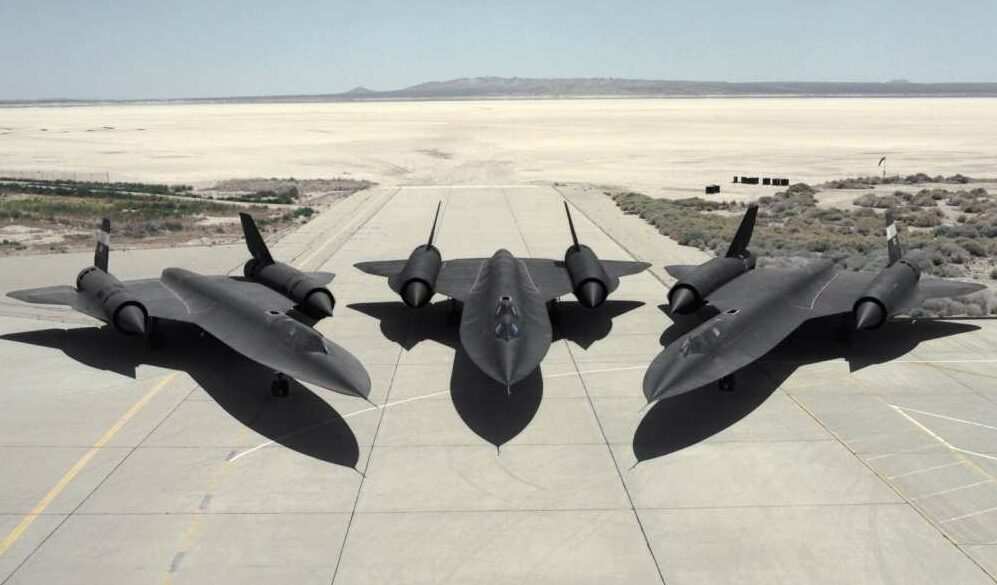
The SR-71 had a range of 5,200 km, or a one-way flight from New York to London. With aerial refueling, the plane stayed up longer, but due to heat from flying so fast, the plane was limited from flying any faster.
While most planes are colored white to help reduce the weight of the plane, the SR-71 was painted black. At the altitude and speed the plane flew, there was less exposure to the sun because of aerodynamic friction.
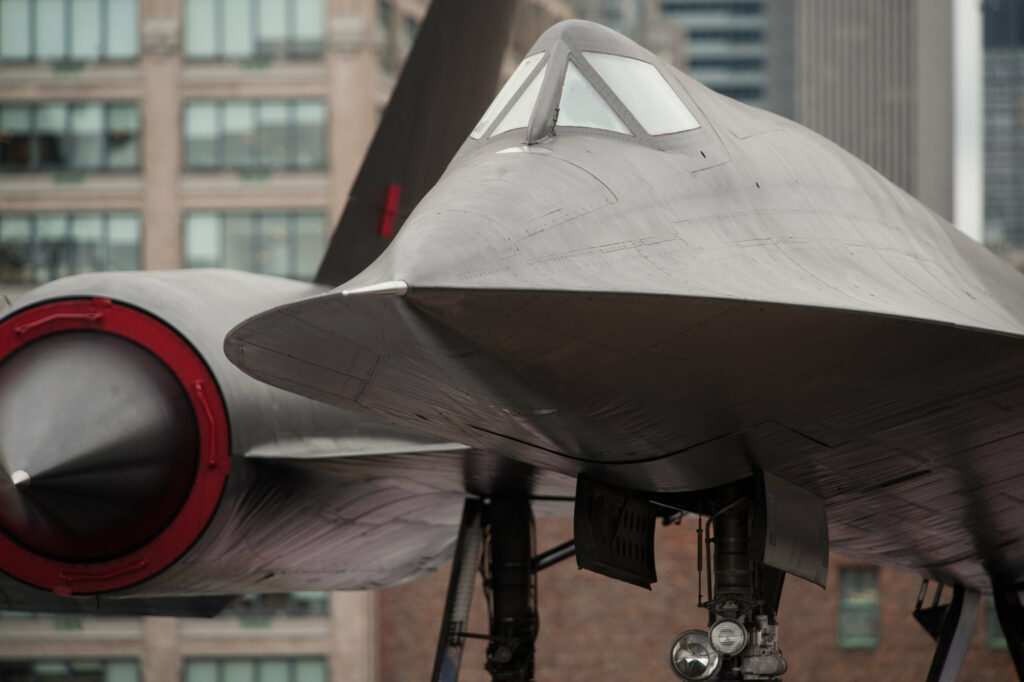
The SR-71 is on display in 18 states across the United States. Its successor, the SR-72, is still in development and could see faster speeds up to Mach 6 (4,603 mph).

